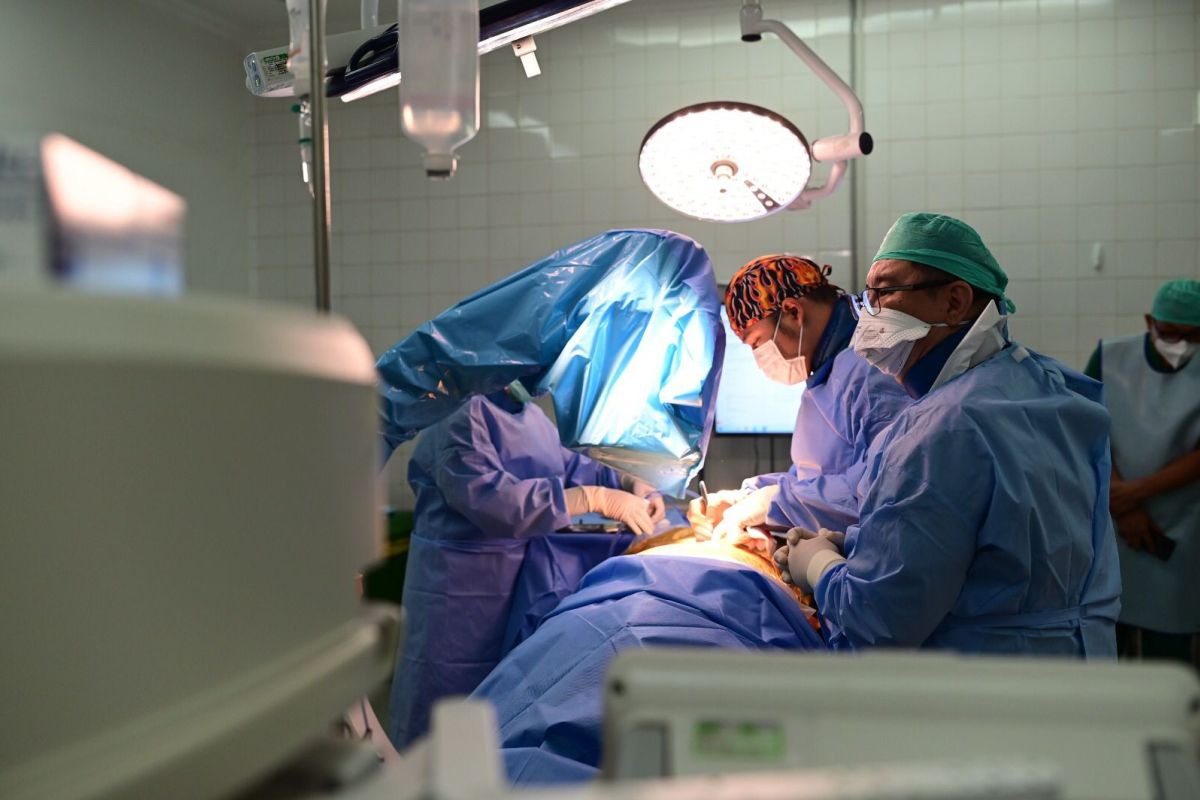#Worker #challenge #avoiding #burnout
Within the framework of International Workers’ Day, it is essential to reflect on the impact of work stress on our physical and mental health. He burnout syndrome, a result of chronic stress, represents a real threat to those who face constant demands in today’s employment environment. This day not only celebrates the achievements of the workforce, but also reminds us of the importance of preserving our well-being in an increasingly demanding world.
Burnout is a condition in which stress brings us to a point where we feel like “we can’t take it anymore.” This is explained because we face a constant demand to adapt to a work environment and demands that keep our levels of stress hormones, secreted by the adrenal gland, high for prolonged periods, depleting their production and leaving us exhausted.
When stress becomes chronic, we lose the ability to have a selective response; That is, we can no longer clearly distinguish what stresses us from what does not. In turn, it can trigger or worsen physical diseases such as diabetes or obesity, and cause depression, memory loss or face serious conditions such as arrhythmias, heart attacks or cerebrovascular accidents (CVA).
To prevent Burnout syndrome, it is essential to be alert to the first signs, since at this stage it is more feasible to reverse it. The initial symptoms usually manifest themselves with stomach pains in specific situations, muscle contractures and difficulties falling asleep.
As this evolves, what is known as the “pleasure circuit” can be activated. That is, the brain, already overloaded by previous circumstances, begins to look for immediate rewards. Certain neurotransmitters are stimulated in neurons, especially dopamine, which drives us to seek instant gratification. If impulsivity increases, for example, someone who used to smoke may resume this habit, or a person who did not drink alcohol may return to it from time to time. Due to numerous contractures, muscle relaxants may be used, and if there are problems sleeping, sleep medications may be used. In this way, we move one step closer to deterioration.
Then comes the stage in which one feels “on the short end of the stick”: anything causes a reaction, nervousness is experienced and problems arise in work and family relationships; Irritation, fatigue appear and performance progressively decreases. Furthermore, the communication dynamic is noticeably altered. From that point on, the steps towards burnout accelerate: in the mornings, there is more exhaustion and the predisposition to depression increases.
It has been observed that men tend to have a higher incidence of cardiovascular problems. On the other hand, women are protected until menopause by a female formula that they subsequently lose. From that moment on, they experience a similar incidence of cardiovascular disorders, but with greater severity. To avoid falling into this pathology, it is recommended to engage in physical activity, as it helps improve blood sugar control and circulation, and works as a “grounding cable” to release all the energy accumulated during periods of stress. This energy, which in times past allowed us to confront ferocious animals or untamed nature, today similarly accumulates in the body when we face stressful scenarios such as arguments with the boss or exhaustion from constant use of Zoom.
The brain does not distinguish these situations and reacts by sending cortisol and adrenaline, filling us with energy that needs to be released. Therefore, it is essential to dedicate at least half an hour a day to some type of movement to discharge it before reaching fatigue, which is then more difficult to overcome.
We also have to understand that we cannot sit in front of a computer for 24 hours straight, whether working from home or in the office. It is advisable to take breaks of 5 or 10 minutes every two hours to breathe deeply with your abdomen and relax. Some people prefer to just go out for a walk around the block. During periods of high workload, it is suggested to reduce activity every two hours to avoid constant stress.
Exhaustion and poor sleep quality are a lethal combination. Going to sleep should become a ritual that includes putting away screens and leaving your cell phone somewhere else (or turning it off if possible), as well as avoiding consuming stimulating news up to two hours before. The ideal is to rest, read or relax with music. It is also essential to adopt a healthy diet and reduce salt intake, given that there is currently a trend towards high blood pressure.
It is important to maintain emotional connections with other people. Actions of solidarity are especially valuable today, as they not only reduce cortisol in the person providing help, but also in oneself. Reserving moments for pleasurable activities and dedicating time to others not only benefits those who receive it but also contributes positively to our well-being.
Taking back control of our lives and dedicating ourselves to ourselves is a key aspect. The more we feel like we have control over the situation, the more positive the message our brain will receive, telling us that things are getting better.
In conclusion, taking care of our mental and physical health is essential to face the professional challenges of the 21st century. Preventing burnout involves identifying and addressing early signs of stress, adopting healthy lifestyle habits, and maintaining a balance between work and self-care. On this Worker’s Day, let us remember to put our health first, because only then can we continue to contribute effectively and sustainably to the world of work and to our own happiness.










